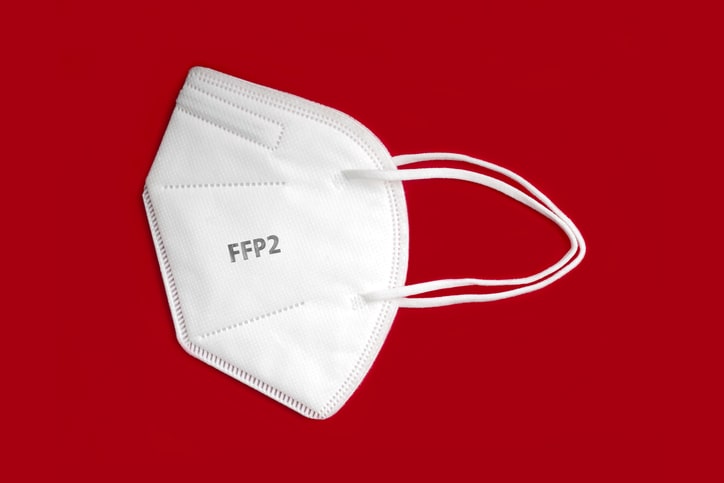
Researchers in France, led by Etienne Mondesert, MD, conducted a study to compare estimated glomerular filtration rate (eGFR) using the creatinine equation (eGFRcreat) or the cystatin C equation (eGFRcys) in a cohort of individuals with HIV being treated with antiviral drugs. The cohort included patients with eGFRcreat approximately 60 mL/min/1.73 m2 to evaluate agreement on stage 2 and 3 chronic kidney disease (CKD) classification.
A total of 262 consecutive patients with HIV-1 with a suppressed viral load (<200 copies/mL) treated with antiretroviral drugs and diagnosed with impaired renal function (eGFRcreat 45-80 mL/min/1.73 m2) were included in the study. The researchers determined eGFRcreat, eGFRcys, and resulting CKD staging. Antiretroviral drug regimens were classified into eight groups: cobicistat (COBI)+elvitegravir (EVG); ritonavir (RTV)+protease inhibitor; dolutgravir (DTG); DTG+rilpivirine (RPV); RPV; raltegravir (RAL); bictegravir (BIC); and other antiretroviral drugs.
Mean eGFRcys was higher than mean eGFRcreat (77.7 vs 67.9 mL/min/1.73 m2, respectively; P<.0001). The differences were significant in five treatment groups with COBI/EVG; DTG; DTG+RPV; RAL. When using eGFRcys rather than eGFRcreat, CKD classification was modified for 51% of patients, with reclassification to less severe stages in 37% and worse stages in 14%.
In summary, the researchers said, “This study highlighted significant differences in eGFR depending on the renal marker used in persons with HIV, having a significant impact on CKD classification. eGFRcys should be an additive tool for patients have eGFRcreat around 60 mL/min/1.73 m2 for better identification of renal impairment.”
Source: AIDS






 © 2025 Mashup Media, LLC, a Formedics Property. All Rights Reserved.
© 2025 Mashup Media, LLC, a Formedics Property. All Rights Reserved.